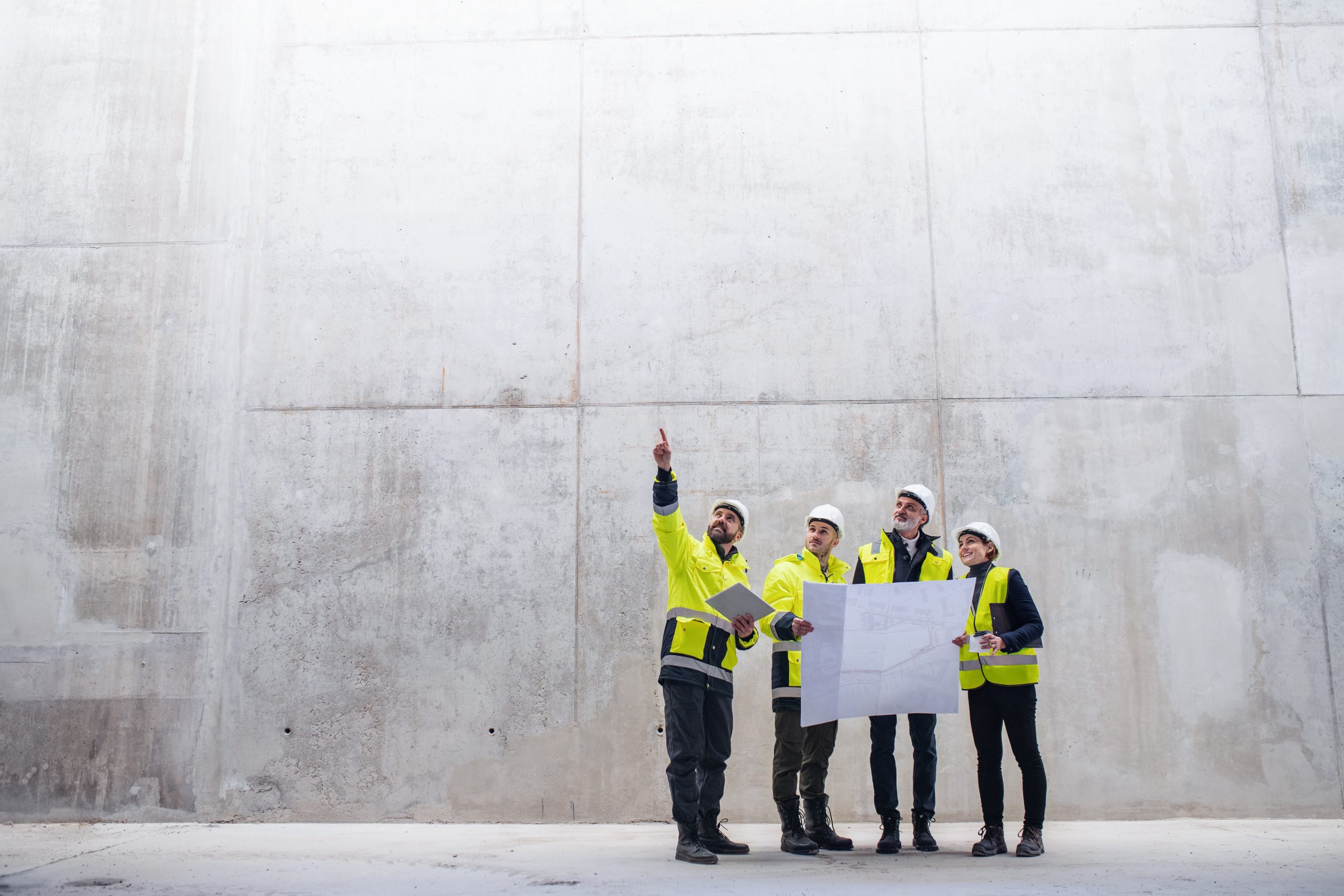Precast concrete is easy to integrate with other systems. It delivers flexibility, dependability, and robustness. This rhymes with the multi-hazard standards and long-term needs of high-performance construction. Here are seven tips for using precast concrete in construction projects.
1. Conduct Safety Assessment
One can only achieve workplace safety through intentional efforts and actions, not by chance. One of these is safety assessment, which is essential to guarantee the safety of your employees and supervisors in a precast factory. Safety managers examine the possible dangers associated with each process in your precast facility. They assess these dangers to prevent accidents, diseases, and even property loss.
A thorough safety evaluation identifies areas of risk and aid in the development of a strategy for improvement. The following are the three primary exposure areas that should be considered in a safety assessment:
- People – The attitudes and behaviors of employees. This could involve individual capabilities, perceptions, and competencies.
- Plant – The physical state of the facilities. This covers tools, equipment, structures, and general maintenance.
- Processes – The existing systems and infrastructure. This consists of policies, processes, rules, regulations, training, and other administrative systems.
2. Select the Most Qualified Concept Design Firm
When adopting a new building technology, look for a skilled partner who will ensure the finest results are achieved. In addition to the concept evaluation itself, examine other factors when selecting a structural engineering service provider for precasting. Find out if the design engineers have a solid understanding of advances in the precast sector as well as the best practices for successfully implementing systems.
You should also seek to establish whether they have the necessary expertise working with geographically diverse projects, worldwide structural standards, and the use of different programs. In addition, they also must have a comprehensive understanding of precast manufacturing, plant operations, efficient working techniques, structural connections, and durability.
3. Get Ready for Concept Design
Having an understanding of your project in its entirety is essential in the concept design process as it is the basis for determining if the precast is suitable for the project. The team must acquire architectural drawings (from layouts, elevations, sections, and other specific features) to get the best possible result. In addition, specifics on building utility service arrangements, local structural material pricing, and local seismic data are required.
Typically, the concept design process requires eight to ten weeks to complete. However, since each project is unique in terms of geographical location, architectural complexity, seismicity, and other building dynamics, it is impossible to determine an exact duration for the design phase, even in the absence of factors that influence design. A report featuring requisite information for adapting precast construction is the final deliverable of a concept design project. It includes:
- The basics of structural analysis and design, such as loading data, design code details, and structural framing concept details
- An outline of structural framing with a precast arrangement
- Standard connection particulars for several prefabricated components
- Dimensions, geometrical features, and a variety of precast products, such as reinforcing, prestressing, and concrete strengths
- Recommended changes to the building’s architectural design to increase its efficiency
- Specifics of the required manufacturing setup/precast gear and equipment
4. Consider Size and Shape
Precast concrete products come in all manner of shapes and sizes, but they all have a specific purpose. Before selecting a precast concrete provider, consider the required size and shape.
5. Consider Maintenance
Every contractor understands that construction is messy, but it is essential to consider maintenance concerns before installation. All aspects considered, precast concrete is less costly than other materials as it only requires biannual maintenance.
6. Stick with a Reputable Provider
Some providers of precast concrete are superior to others; so, don’t skimp when selecting materials for your project. If you choose a competent dealer with high-quality building materials (such as the TKL Group), the installation should go smoothly and without significant concerns or complications.
7. Maintain Curing Temperature
Maintaining optimum temperature is one of the most essential tasks in curing precast concrete. Your building materials may not last if you don’t maintain steady humidity and temperature.
Using precast concrete in construction projects has various advantages. It is inexpensive and versatile, which makes it a preferred material for both temporary and permanent buildings. Although the use of precast concrete necessitates specialized knowledge, it is a consistently popular alternative.

